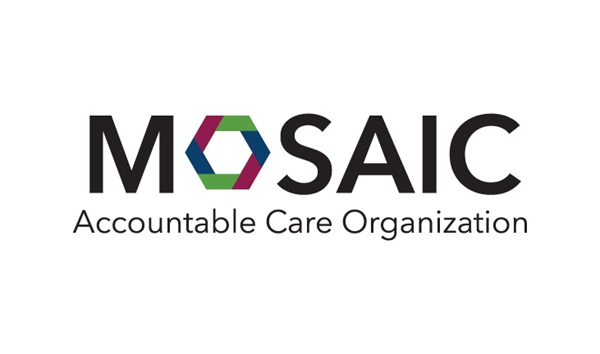Study: Fee-For-Service Health Care May Lead to Higher Risk for Robotic Prostate Surgery Patients
DETROIT – A “perverse disincentive” for hospitals that have invested in expensive technology for robotic surgery may be jeopardizing prostate cancer patients who seek out the procedure, concluded a new study led by Henry Ford Hospital researchers.
The study, which compared complication rates in hospitals with low volumes of robot-assisted radical prostatectomies (RARPs) to institutions with high volumes of the procedure, suggested that current fee-for-service healthcare models might be to blame.
Those were the results of a study led by researchers at Henry Ford Hospital presented at the 2015 annual meeting of the American Urological Association in New Orleans on May 15.
“Patients pursue robotic surgery based on perceived benefit, including its minimally invasive nature and faster recovery time compared to conventional open surgery,” says Jesse Sammon, D.O., a researcher at Henry Ford’s Vattikuti Urology Institute and lead author of the study. “But they fail to take into account the importance of hospital and surgeon experience on outcomes.”
Now the most common surgical method for treating prostate cancer in the U.S., RARP allows a surgeon to remove the diseased prostate by manipulating robotic arms holding undersized instruments through tiny incisions in the patient’s skin. Besides avoiding the higher risk of infection and blood loss posed by open surgery, successful RARP reduces patient hospital stay and recovery time.
Researchers at Henry Ford Hospital, a pioneer in robotic surgery that has now performed more than 10,000 RARPs, saw a rapid increase in U.S. hospitals investing in the technology and performing the procedure during the past decade.
Building on earlier research that showed higher-volume hospitals had more success with the procedure than smaller institutions, the new study focused on all patients listed in the National Inpatient Sample (NIS) who underwent RARP between 2009 and 2011. The NIS collects and provides data on all patients discharged from a 20 percent sample of non-federal hospitals in the U.S. Researchers also collected the number of RARPs performed at the hospitals where the patients were treated, categorized the hospitals according to that volume and recorded the complication rates for each.
They found:
- The number of hospitals performing RARP remained stable over the study period – 802 in 2009, 792 in 2010 and 808 in 2011.
- The overall complication rate after surgery was “significantly” related to the volume of RARPs performed at a hospital. • On average14.7 percent of patients treated at very-low volume institutions experienced complications while those treated at very-high volume institutions experienced a complication rate of 5.7 percent.
- Patients treated at very-high volume hospitals were less than half as likely to experience a complication as those treated at very-low volume hospitals. In presenting the study, researchers noted that during the 1990s when centralizing surgical treatment for cancers of the bladder and kidney resulted in a greater percentage of cases being sent to high-volume hospitals, the same was not true for prostate cancers during that decade.
“But between 2000 and 2008,” Dr. Sammon explains, “there was a 74 percent increase in the number of radical prostatectomies performed, and a 19 percent decrease in the number of hospitals performing radical prostatectomy. “By 2009, the median hospital volume for open radical prostate surgery was 32 cases per year compared to 137 cases per year using the robotic approach.”
What this suggests, Sammon says, is that “market forces” behind the adoption of robotic surgery may have unintentionally had the salutary effect of centralizing prostate cancer care. Yet the new study suggests that, with the boom in robotic surgery, fewer patients are seeking care at very-high volume hospitals, instead choosing low-volume institutions that have invested in the technology but have less experience in using it – and may be placing themselves at higher risk of complications.
“This migration of patients away from very-high volume hospitals is likely the result of the current fee-for-service models in U.S. healthcare,” Dr. Sammon says. “For institutions that have invested millions in robotic technology, there is no incentive to refer patients to other, higher volume hospitals. This perverse disincentive is probably jeopardizing patients, and calls for a renewed focus on the benefits of centralized care at larger providers.”
The research was conducted by Vattikuti Urology Institute, Center for Outcomes Research Analytics & Evaluation, Henry Ford Health System and the Center for Surgery and Public Health and Division of Urologic Surgery, Brigham & Women’s Hospital, Harvard Medical School.
Media Contact:
Tammy Battaglia
(248) 881-0809
Tammy.Battaglia@hfhs.org
.svg?iar=0&hash=F6049510E33E4E6D8196C26CCC0A64A4)

/hfh-logo-main--white.svg?iar=0&hash=ED491CBFADFB7670FAE94559C98D7798)






